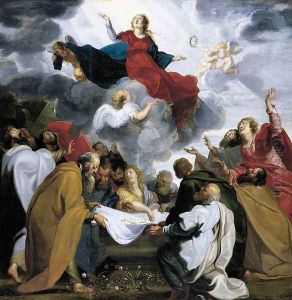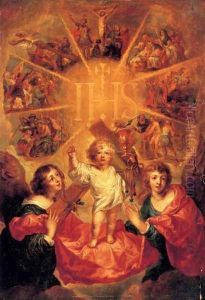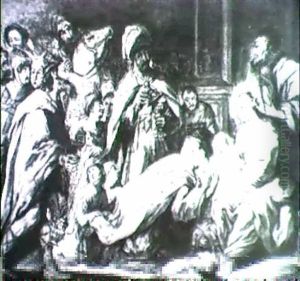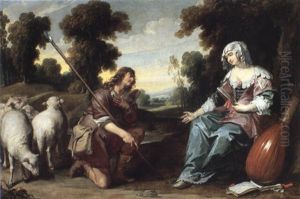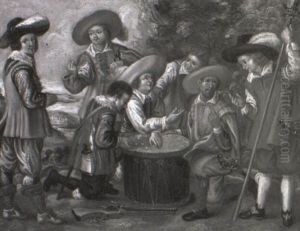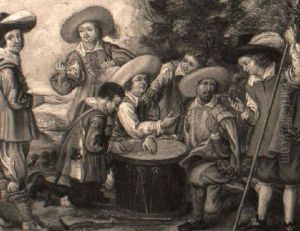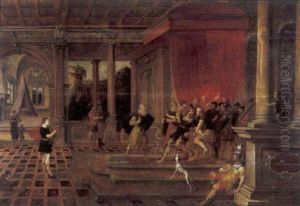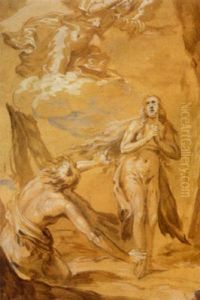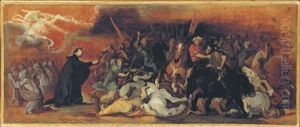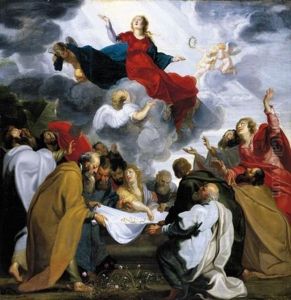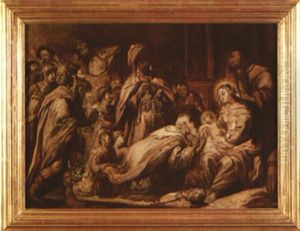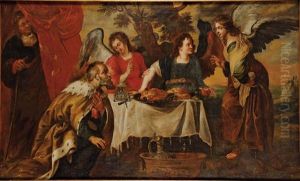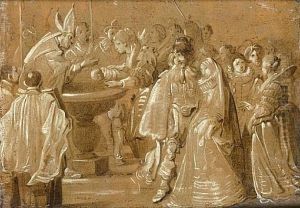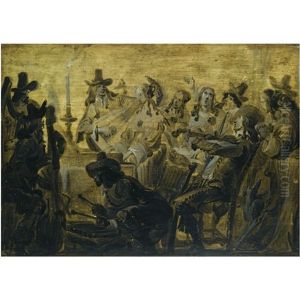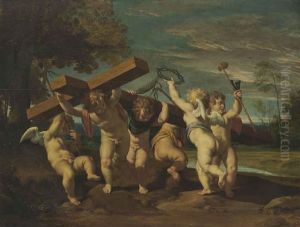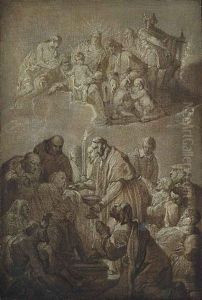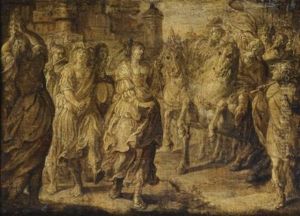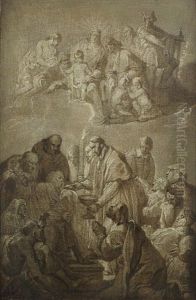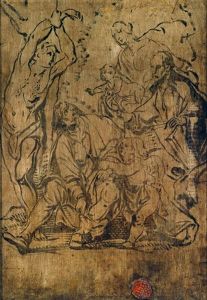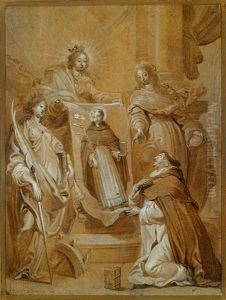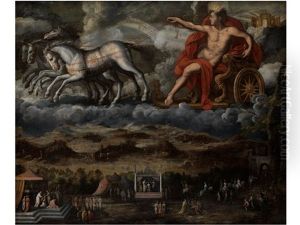Anthonis Sallaert Paintings
Anthonis Sallaert was a Flemish painter, draftsman, and engraver who was born around 1590, though the exact date and place of his birth are not well documented. He was primarily active in Brussels, where he is thought to have received his artistic training. Sallaert is known for his work during the Baroque period, a time characterized by dramatic expression, rich coloration, and dynamic compositions. He is often classified as a member of the so-called Flemish school, which was part of the broader European Baroque movement.
Sallaert's contributions to the art world were diverse. He worked on religious subjects, mythological scenes, and allegories, and he was also involved in creating designs for tapestries, which were a major art form in Flanders at the time. His style was influenced by the great Flemish masters such as Peter Paul Rubens and the Italian Baroque artists. Sallaert’s work was particularly noted for its clarity of composition and attention to narrative detail.
In addition to his painting, Sallaert was also a respected engraver and is known to have contributed to the spread of Baroque style in Northern Europe through his prints. These works were widely disseminated and had a role in the exchange of artistic ideas across Europe. They also allowed a broader audience to become familiar with the themes and styles of the Baroque period.
Sallaert became a master in the Brussels Guild of Saint Luke in 1613, which indicates that by then he had established himself as an independent artist. Throughout his career, Sallaert received commissions from various religious institutions and was involved in the decoration of churches, which was a major source of employment for artists of his day. Despite his productivity and involvement in significant projects, Sallaert did not achieve the same level of fame as some of his contemporaries.
Anthonis Sallaert died in 1657 in Brussels. While his works may not be as widely recognized today as those of some other artists from the same period, they remain an important part of the Flemish Baroque legacy, reflecting the cultural and artistic vibrancy of 17th-century Brussels.
